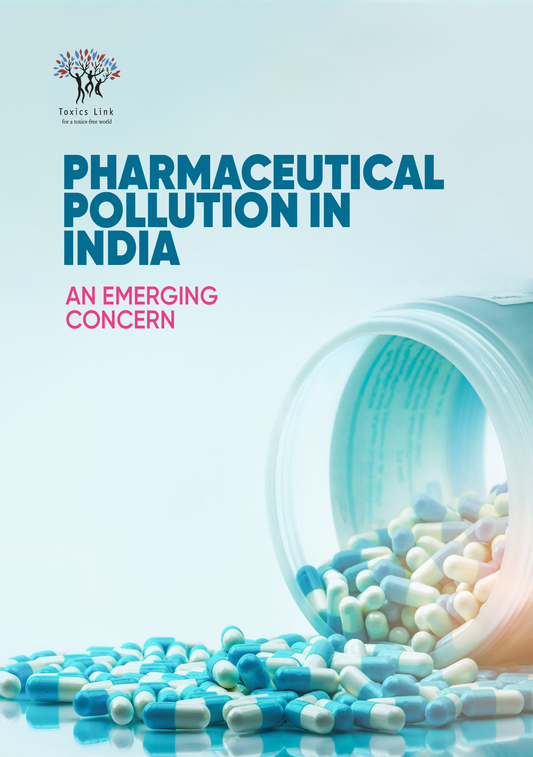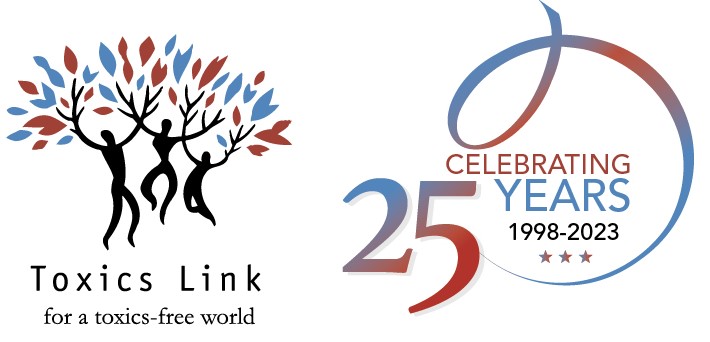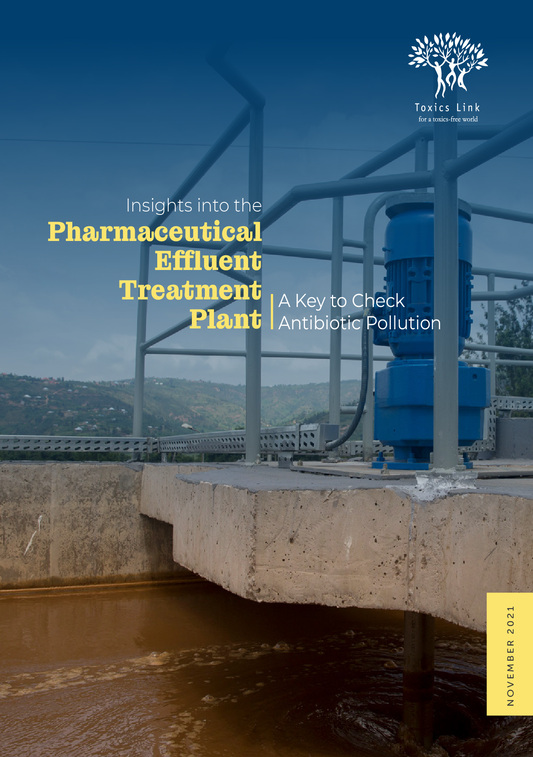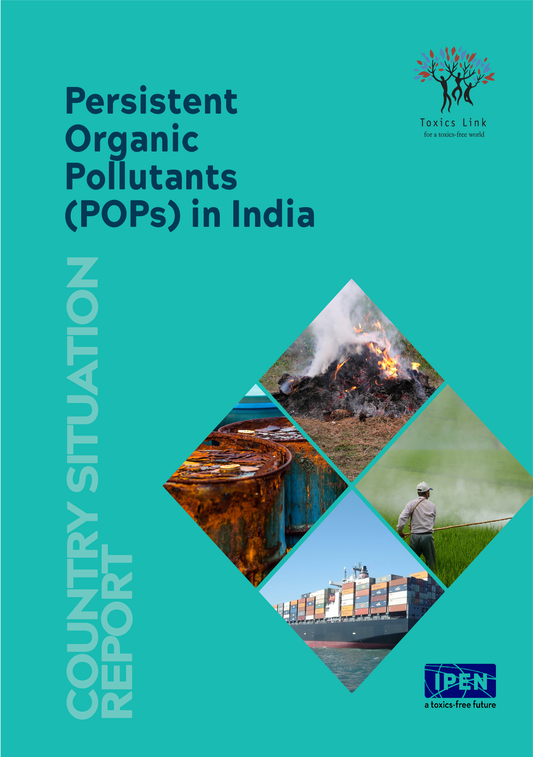Pharmaceutical pollution in India An emerging concern

Title: Pharmaceutical pollution in India An emerging concern
Publication Type: Research Reports
Year of Publication: 2020
Abstract: Over the last few decades, India has emerged as an important pharmaceutical production hub of the world.As per the Directory of Pharmaceutical Manufacturing Units in India – National Pharmaceutical Pricing Authority (NPPA),2007, the country has 10563 pharmaceutical manufacturers withnthe maximum of them concentrated in 5 states namely, Maharashtra (29.7%),Gujarat (14.4%), West Bengal (7.2%), Andhra Pradesh (6.9%) and Tamil Nadu (5.4%).However, recently Baddi of Himachal Pradesh and Sikkim have emerged as the new pharmaceutical production hubs of the country.With India emerging as a major producer of generic drug manufacturer and with the ever-increasing use of drugs in the country, there is a need to develop appropriate regulatory mechanisms,with adequate monitoring system in place, so that the impact of the pharmaceutical pollution can be reduced.



